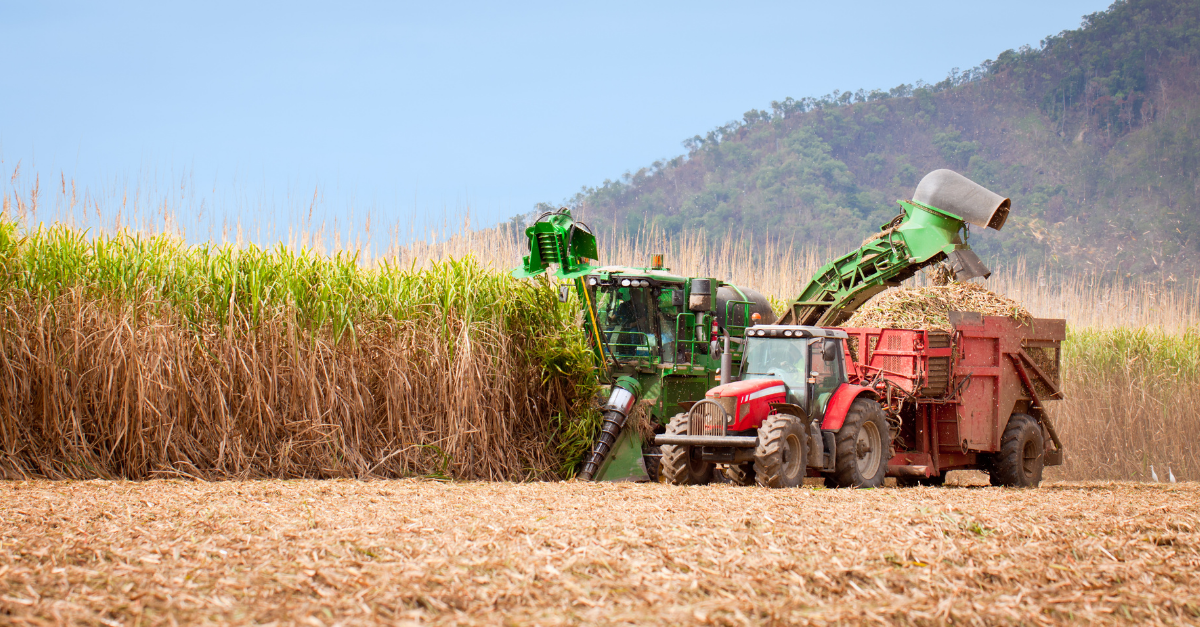
Record dry weather to affect sugar plantations in Brazil’s central regions
May, 04, 2021 Posted by andrew_lorimerWeek 202119
Brazil has just ended the third-driest summer in a century, with very little rain in March and April. The traditional dry season has just begun with low humidity, affecting the main period of sugarcane growth in the central-southern region of the country for the 2021/22 harvest. With the deterioration of crops, trading companies and analysts are reducing their projections for the season.
Yesterday, the American consultancy StoneX revised its estimates and indicated that the most likely scenario is that the fall in the region’s harvest will be 5.8%, or 35.3 million tons compared to the previous harvest, for a total of 570.2 million tons, a level close to that of the 2014/15 and 2018/19 cycles.
The 2014/15 season was marked by a water crisis, mainly in São Paulo, which affected the water supply of several municipalities, causing producers to lose about 6 tons per hectare from the yield of sugarcane fields in the central-southern region. In the probable scenario for 2021/22, StoneX estimates a yield of 76.3 tons per hectare, down 6.8%.
In the worst scenario outlined by the consulting firm, the sugarcane harvest will be 567.2 million tons, down 6.3%. In a more conservative loss calculation, StoneX sees a harvest of 578.1 million tons.
Yesterday, Pecege estimated a harvest of 580 million tons of sugarcane in the current harvest, 4.2% less than in 2020/21. The projection is due to losses in productivity caused by drought, increased pests, and harvest area lost to grains.
The trading companies had already been reducing their projections throughout April, as the more pessimistic outlook was confirmed due to rains that were 67% below the historical average. In some sugarcane regions, such as Bataguassu (MS), it has not rained significantly for almost 80 days, while the average of the production areas of São Paulo, Mato Grosso do Sul, and Paraná has not seen precipitation for at least 30 days, according to Fábio Luengo, Somar meteorologist.
In the west of São Paulo, April rains – usually between 50 and 100 millimeters – totaled less than 10 millimeters. In the east of Mato Grosso do Sul, less than 20 millimeters of rain was recorded.
Before April entered the record as the driest month in 40 years, summer had already registered the third lowest volume of rainfall in a century, behind only the droughts of 1984 and 2014, according to Fábio Marin, professor of Biosystems Engineering at ESALQ / USP. And the outlook for the coming months is not encouraging, as autumn and winter are seasonally drier.
Source: Valor
-
Trade Regulations
Apr, 12, 2023
0
Brazil to end tax exemption on international orders, targeting Asian e-commerce giants
-
Economy
Jan, 16, 2025
0
Argentina to Overhaul Anti-Dumping System to Boost Competition
-
Ports and Terminals
Jun, 22, 2022
0
CODEBA sets all-time throughput record for May
-
Oil and Gas
Mar, 09, 2022
0
Record high prices prompt Latin America to hit pause on diesel tenders

